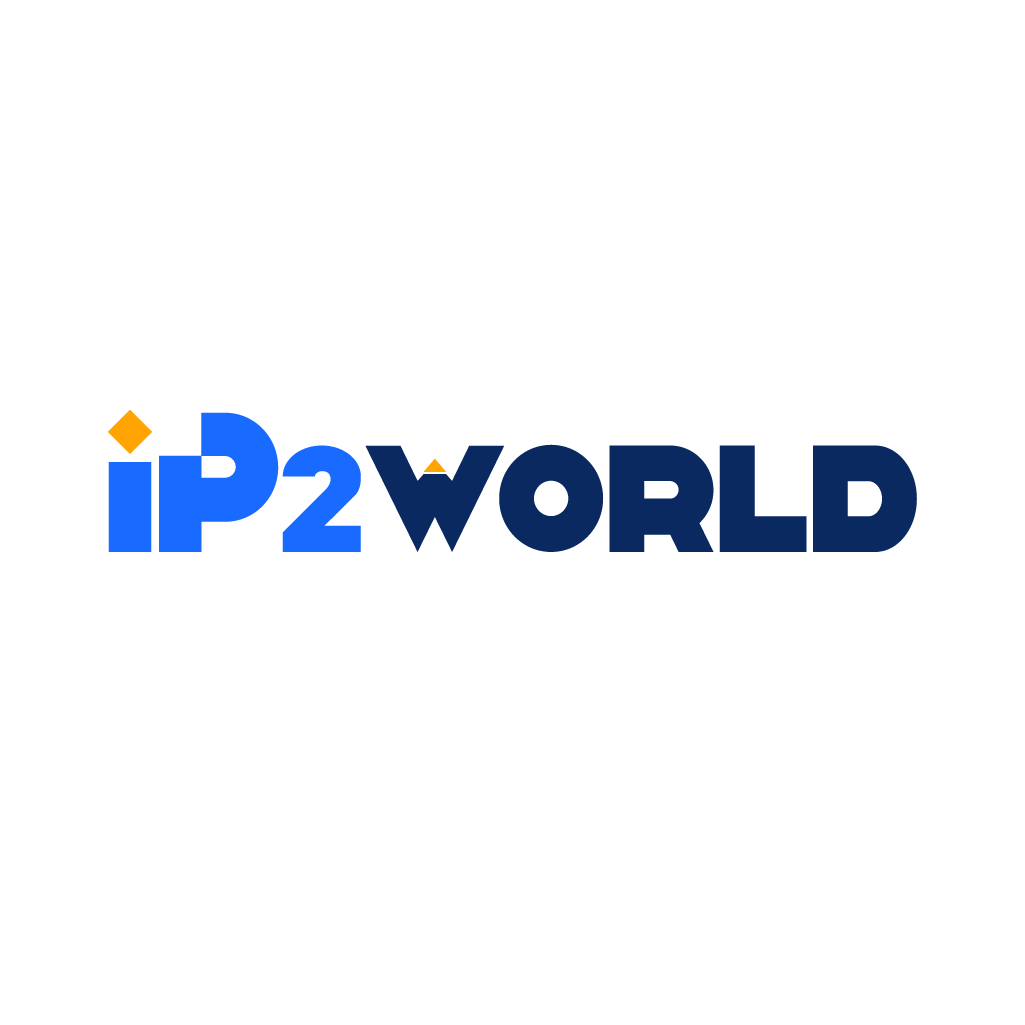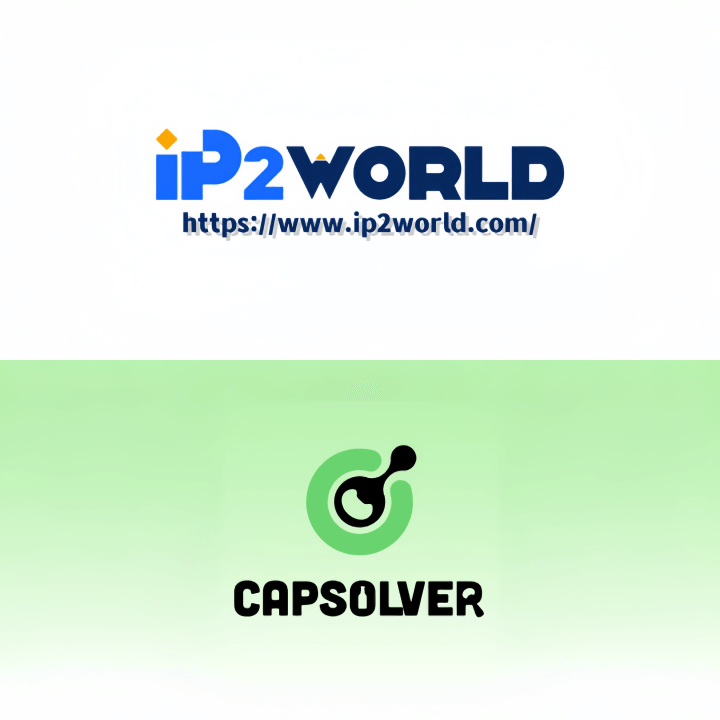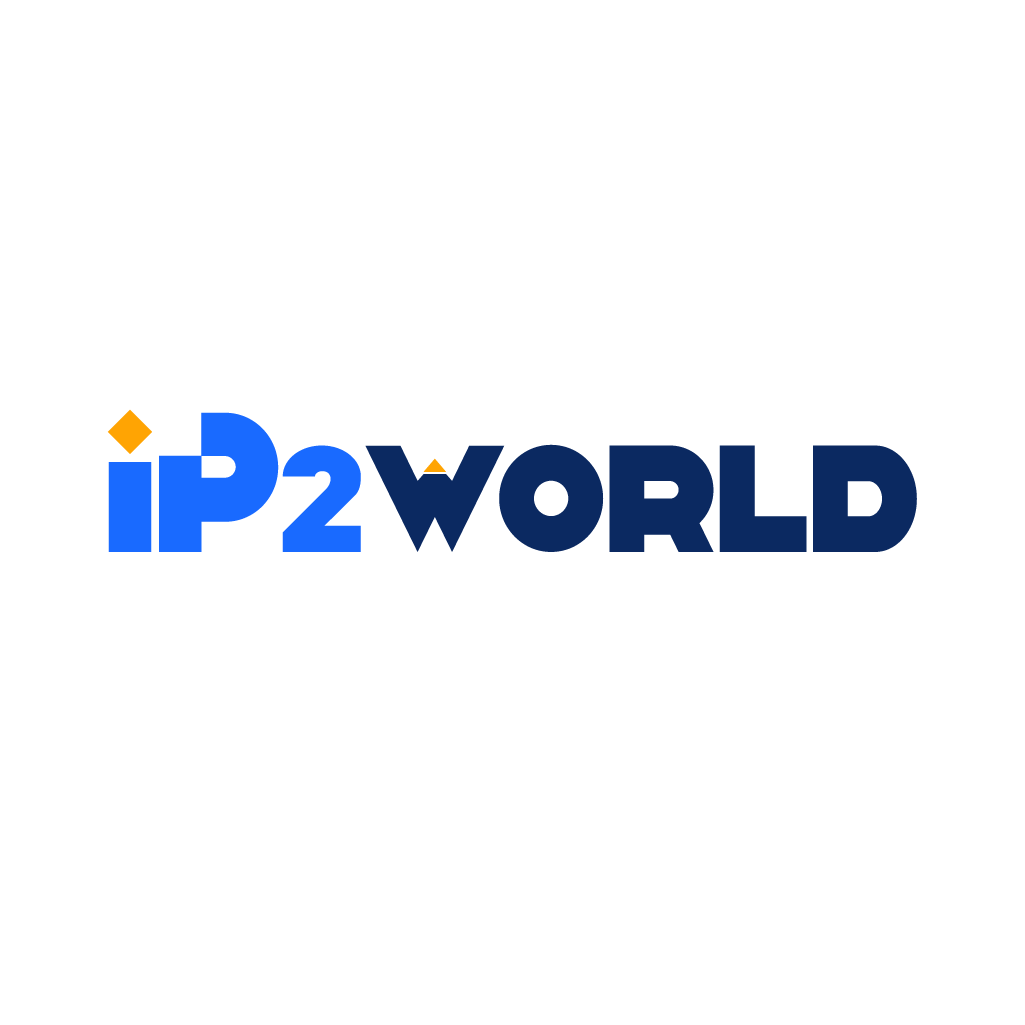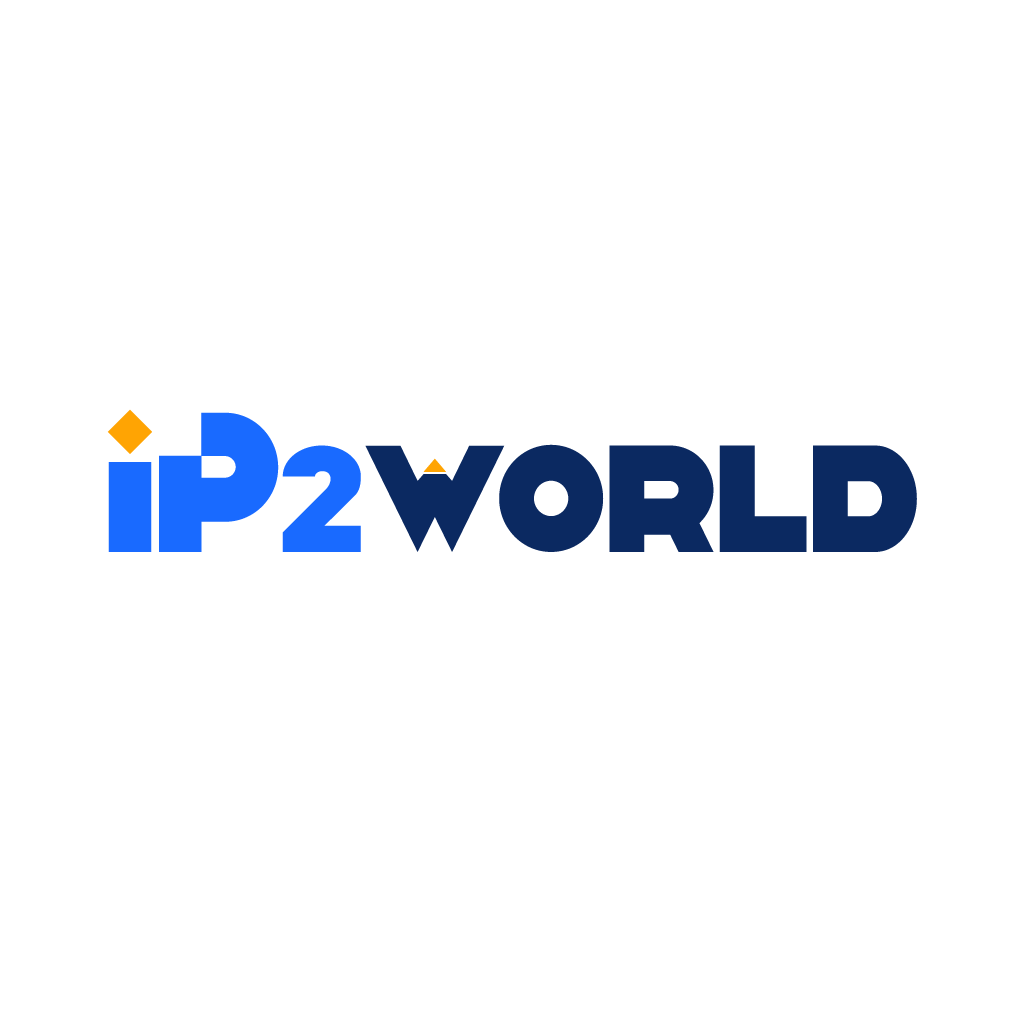For businesses looking to expand their reach online, advertise their brand, and get in front of targeted audiences, online advertising presents a huge opportunity. With multiple platforms and formats to choose from, the online advertising landscape can seem complex for beginners. This comprehensive guide aims to equip you with the fundamental knowledge needed to effectively navigate and leverage online ads. Whether you're a startup looking to drive brand awareness or an established business ready to scale up your digital marketing efforts, understanding the core concepts of online advertising is key. In this guide, we'll explain the major categories of online ads, benefits of advertising online, and practical tips for maximizing your return on ad spend. Let's dive in! I. Major Types of Online Ads Display Ads Display advertising refers to visual ad formats served on websites, apps, and other digital properties. Common examples include banner ads, which are rectangular image or text boxes, and video ads played before or during online video content. Display ads come in a wide variety of sizes and formats beyond just banners, like square boxes, vertical towers, overlays, and more. They can include text, images, animation, video, and interactive elements. Display ads are meant to visually capture user attention as they browse sites and apps. Some key benefits of display ads include: - Great for increasing brand awareness and visibility - banners placed on high-traffic sites can massively boost impressions. - Allow dynamic, rich ad content - can feature engaging images, video, etc. - Placement targeting - ads can be shown on specific sites/apps relevant to your business. - Retargeting capabilities - you can show ads to users who've previously visited your site. - Cost-efficient for certain formats - pricing models like CPM (cost per thousand impressions) can be low cost. Popular display advertising networks include Google Display Network, Facebook, Instagram, YouTube, Twitter, TikTok, Amazon, and native advertising platforms like Taboola and Outbrain. Search Engine Ads Search engine advertising refers to paid ads on search engines like Google and Bing. The most common are pay-per-click (PPC) text ads, which show at the top and bottom of search results when a user searches for related keywords. For example, if you bid on the keyword "coffee shops," your ad could show when someone searches for that term. You only pay when users click your ad. Benefits of search ads include: - Reach users actively searching for your types of products/services. - Appear above organic results for greater visibility. - Targeted by specific keywords related to your business. - Pay only for clicks, not impressions. - Optimized based on performance data. Search ads are managed through platforms like Google Ads and Microsoft Advertising. Common pricing models are cost-per-click (CPC), cost-per-acquisition (CPA), or cost-per-view (CPV) for video ads. Classified/Listing Ads Classified and directory sites allow you to list specific products, services, jobs, housing, events, and more. Popular sites include Craigslist, eBay Classifieds, Facebook Marketplace, Zillow, AutoTrader.com, Indeed, and industry-specific directories. Listings sites are commonly used for: - Buying and selling secondhand goods locally - Hiring and finding jobs - Real estate listings and rentals - Local car sales - Upcoming community events - Local services like handymen, pet sitters, tutors Listings can include photos, descriptions, contact info, pricing, and location. Users browse classifieds searching for specific types of listings relevant to their needs. Email Ads Email advertising involves sending promotional messages to a list of email subscribers. Email ads may include: - Dedicated emails specifically promoting products, offers, events, etc. - Banner ads or text links embedded in newsletters. - Sponsored emails sent through third-party email platforms. Benefits of email ads include: - Direct line of communication to subscribers. - Flexible calls-to-action - email can drive traffic, downloads, sign-ups, purchases. - Targeting by interests, location, past purchases, etc. - Cost-effective compared to other ad formats. Best practices for email ads are to provide valuable/relevant content, clear call-to-action, strong subject line, and give subscribers an option to opt out. Mobile Ads Mobile advertising targets smartphone and tablet users through: - App-based ads - banners, videos, or native ads in mobile apps. - Mobile web ads - text, display, and video ads on mobile-optimized websites. - Messaging - SMS/MMS ads or push notifications. Benefits of mobile ads include: - Reach users on-the-go when they're most active on phones. - Location targeting capabilities. - Rich ad formats like expandable banners, 360-degree product views. - Immediate call-to-action with click-to-call and app download options. Mobile usage continues to grow globally, so mobile ads present a huge opportunity to connect with audiences. II. Key Benefits of Online Advertising There are many advantages that make online advertising an essential marketing channel for most modern businesses: Global Audience Reach One of the most powerful benefits of online advertising is the sheer size of the potential audience. There are over 4 billion internet users worldwide, so you can get your messaging and offerings in front of a massive pool of prospects regardless of their physical location. Whether through search, social, display, or email ads, you can reach local customers, a national audience, or even go global - far more than what traditional print, TV, radio, or outdoor ads allow. Plus with sophisticated targeting options based on demographics, interests, behaviors, and more, you can hone in on exactly who you want to see your ads. No more wasted ad spend on irrelevant audiences. Measurability and Data Online ads provide robust analytics and data around how they are performing. You can access metrics like: - Impressions - how many times ads were served - Clicks - how often users clicked on ads - Click-through-rate (CTR) - clicks divided by impressions - Conversions - how many desired actions taken after clicking - Return on ad spend (ROAS) These metrics allow you to closely monitor the results of your campaigns and even individual ads in real-time. You can catch underperforming ads quickly and make data-driven optimization decisions to improve results. Cost-Effectiveness Many online advertising formats and pricing models like CPC and CPM allow you to stretch your ad budget further. You can test out online ads and only pay if users engage with them (for PPC ads) or pay a low rate for impressions (CPM display ads). And with the targeting capabilities, you avoid wasted spend from showing ads to audiences unlikely to convert. This makes online ads extremely cost-efficient for small businesses without huge marketing budgets. Flexibility and Optimization With so many options for ad formats, networks, targeting, placement, bidding strategies, etc., online advertising is extremely flexible to experiment with. You can easily A/B test different versions of ads, place them in different locations, try different bid prices, and quickly see what resonates best with real data. This allows you to continuously optimize and refine your ad strategy based on the metrics and audience feedback. There's no guesswork involved - the data tells you what's working and what's not so you can double down on tactics driving the most value. Timeliness Unlike traditional media with long lead times, you can launch online ad campaigns almost instantly. There's no printing or production time required. This makes digital ads fantastic for time-sensitive limited offers, promotions, or events that you need to promote quickly. Brand Building While direct-response ads focus on driving immediate conversions, online ads can also build brand awareness and affinity over time. Seeing your ads across channels creates mental availability and familiarity with your brand when prospects are ready to make a purchase. So online advertising offers both the opportunity to generate immediate sales and contribute to long-term brand building simultaneously. III. Creating an Effective Online Ad Strategy Follow these tips to maximize the impact of your online advertising efforts: Set Specific Goals Be clear about what you want your ads to achieve. Typical goals are increasing brand awareness, generating leads, driving website traffic, boosting sales, etc. This guides what you measure and optimize for. Research Your Audience Take time to understand your target audience's demographics, interests, pain points, and where they spend their time online. This informs what types of ads and messaging will appeal most to them. Test Different Ad Options Don't get stuck doing the same thing. Experiment with different formats (display, video, etc.), networks (Google, Facebook, TikTok), placements (search, native, email), bidding options, targeting parameters, etc. Testing reveals what resonates. Track and Optimize Closely monitor performance metrics for each campaign and ad. Identify low performing areas and make incremental improvements based on the data. Optimization is key to cost-effective campaigns. Align Messaging Ensure your ads reflect your brand personality and promise value that appeals to your audience. Well-crafted copy and visuals make ads more compelling. IV. Conclusion In today's digital world, developing an online advertising strategy is essential to connect with target consumers and grow your business. With the overviews provided in this guide, you now have a solid understanding of the major online ad types and key benefits of digital advertising for driving results. Most importantly, employ continuous optimization and testing guided by performance data to ensure your campaigns keep delivering value. Online ads present a huge opportunity for brands of any size and budget. Start small, track what works, and scale up high-performing platforms and tactics to expand your audience reach and get the most out of your ad spend. With the right strategy tailored to your goals, the possibilities of online advertising are infinite.
2023-10-16





